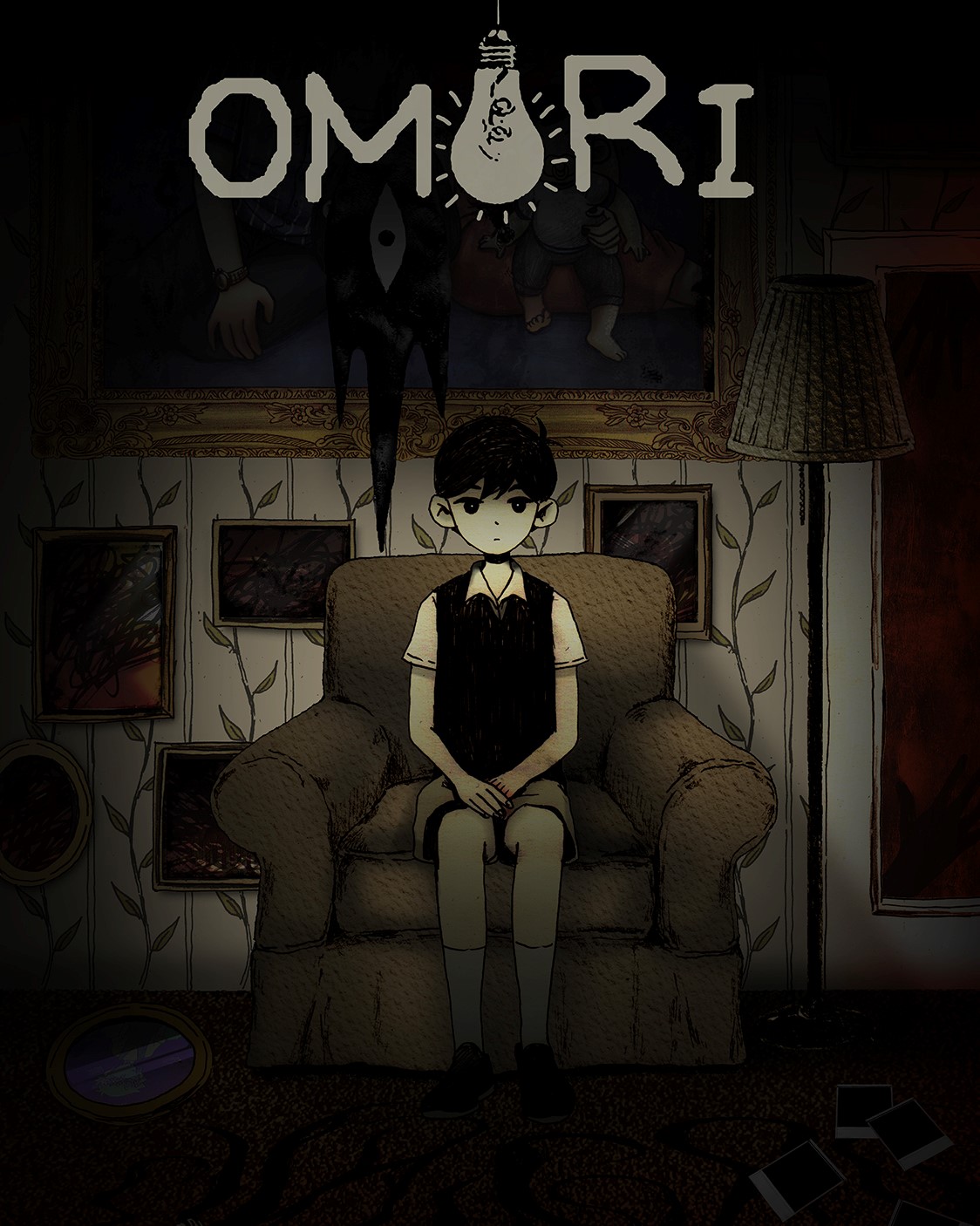BY JOYE PYRONNEAU
When we think of monsters, we think about the ones that exploit our fears. Medusa
explores the pain of female trauma, Godzilla relates the fear of atomic bombs, and werewolves
can represent our fear of looking less than beautiful and losing control. While these aren’t the
definite interpretations of what monsters are, they all stem from things we are scared of.
But then there are monsters that disturb us. And these monsters don’t stem from our
deepest fears but our deepest insecurities. These monsters don’t need to look scary to instill fear
on us, but have the ability to enhance the insecurities that we carry. And what better game to
explore that concept with than Omori (minor spoilers warning).
Omori opens up and we see a boy, who will later be known as Omori, in a white room
which we will come to know as white space. Like the rest of the room, Omori’s color palette is
black and white while also devoiding of any color. A bit later, Omori enters a door that leads him
to the rest of headspace where we are not only exposed to a contrasting environment, but we are
also able to meet the rest of his friends.
Compared to white space, the rest of headspace is filled with pastel, saturated colors. It is
also in headspace where we learn more about him while also meeting the rest of his friends.
Omori is 12, along with his friends Kel, Aubrey, and Basil while Hero and his sister Mari are 16.
After everyone except Mari explores headspace for a while, they all take a journey to Basil’s
house where he picks up a photo and becomes petrified. Black monsters swallow him up and it is
clear that he has learned something that he shouldn’t have.
The game continues to progress and you find out that Omori’s real name is Sunny, and
everything that happened was all in his head. Not only has everyone’s age progressed 4 years,
but you also find out that Mari is dead. Sunny also can’t seem to interact with Basil without the
same shadows that took him in headspace surrounding him in the real world. Depending on how
you play, your goal is to find Basil in headspace while also trying to figure out what Sunny is
suppressing that relates to Basil and Mari in the real world.
The game Omori explores a lot of ideas concerning depression, trauma, and the
consequences of our actions on others. So what makes the game so uncomfortable? It is because
to some extent, whether we like it or not, we can relate to Sunny. We can relate to wanting to
escape the real world and live in our head, we can relate to avoiding our problems when things
get hard, and most of all we can relate to not being able to forgive ourselves when we have done
something wrong. What makes us feel a great discomfort is that Omori shows us the result of
those actions. The negative effects that we try to avoid because then it would give you a greater
incentive to get better, and sometimes we don’t want that. By using themes that can be universal
to various extents, the player must confront their own fear of facing their problems and find out
what to do about them. Whether intended or not, Omori has the effect of teaching us that it is
okay to be uncomfortable and necessary if we want to better ourselves.

